This gallery shows 52+ High Quality and Best Resolution Dinosaur PNG Images, Vectors, Stickers, logos, Icons, and Clipart Pictures with transparent backgrounds. Free download all these Dinosaur Png Images for graphic design, projects, presentations, web design, editing, and other works.
Free Dinosaur PNG Images:

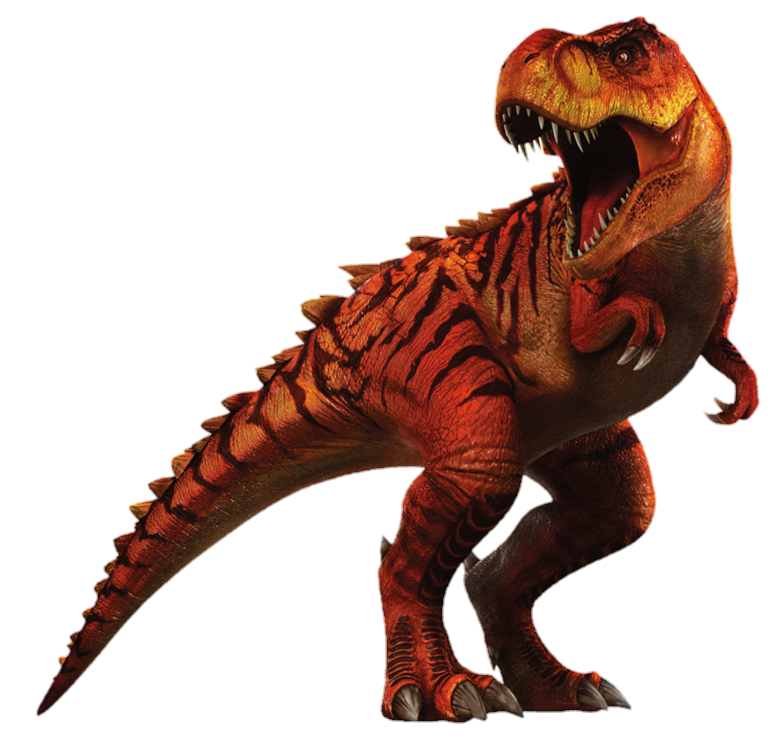
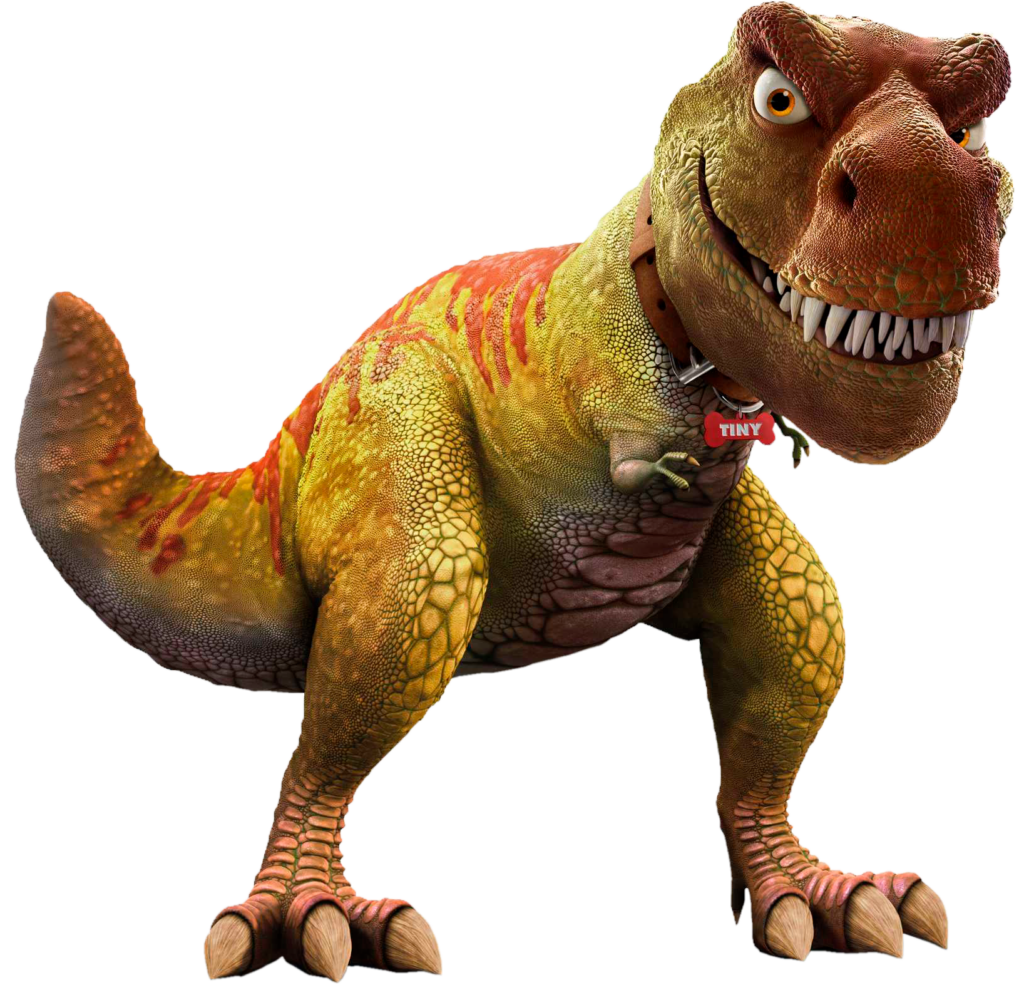
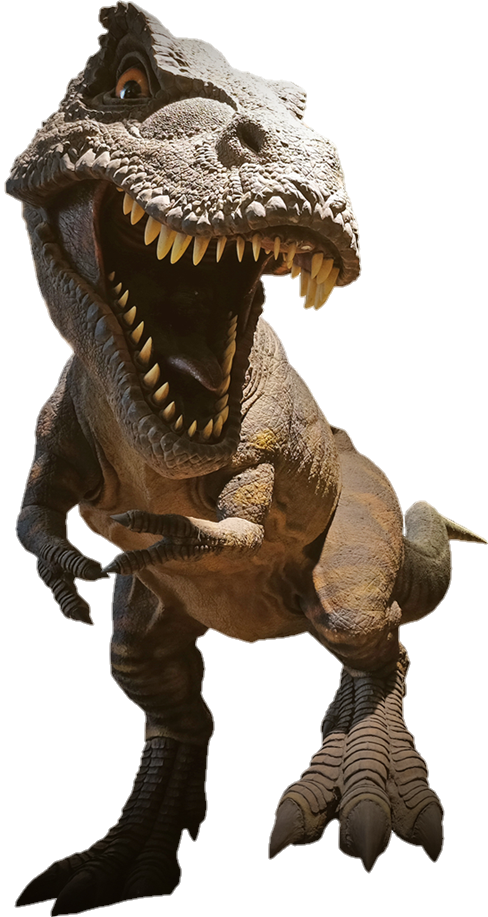
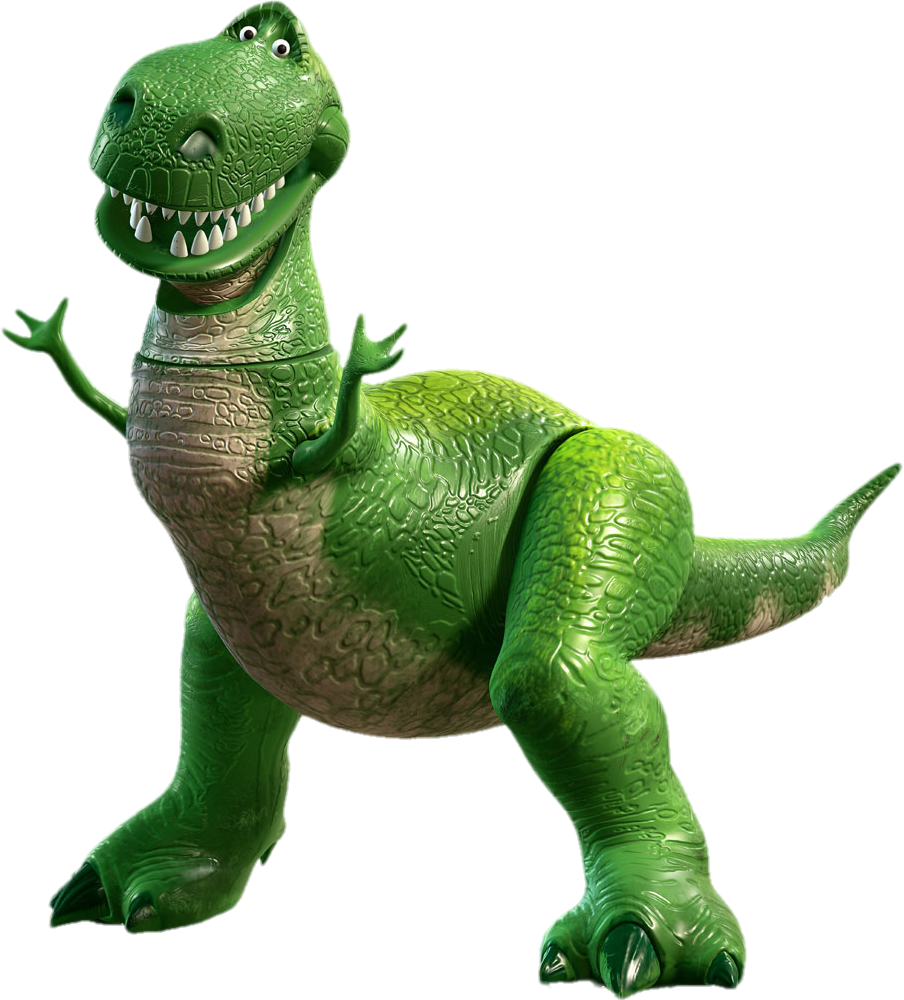
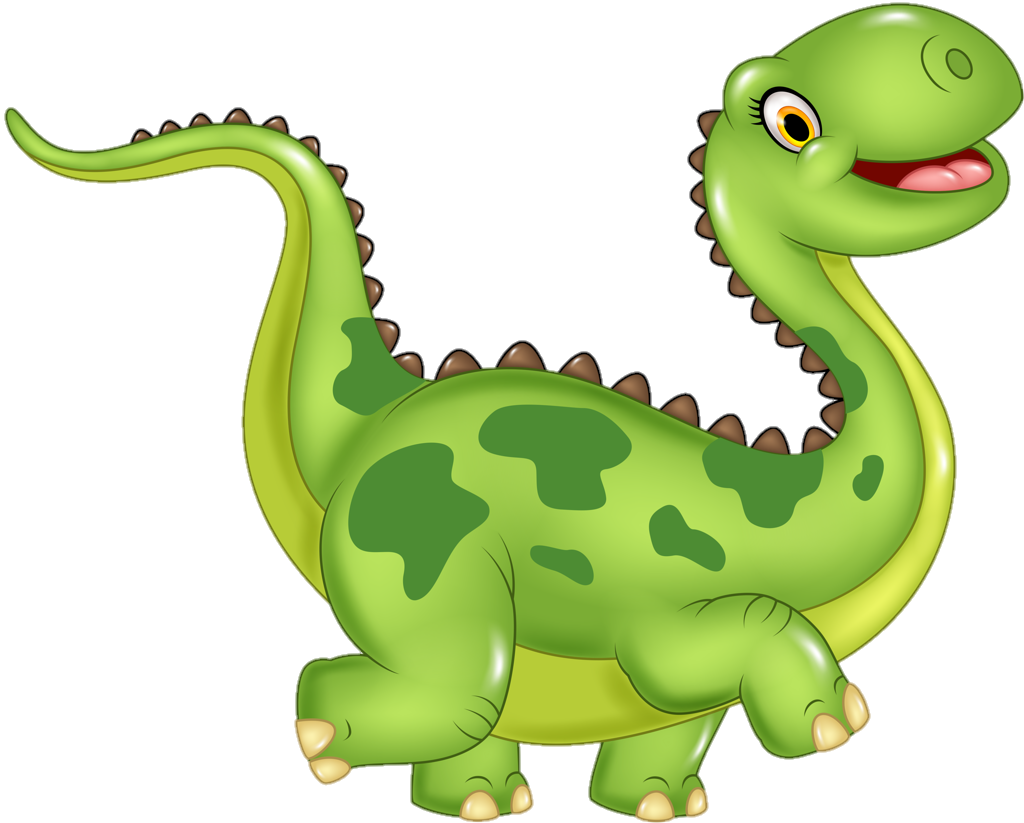
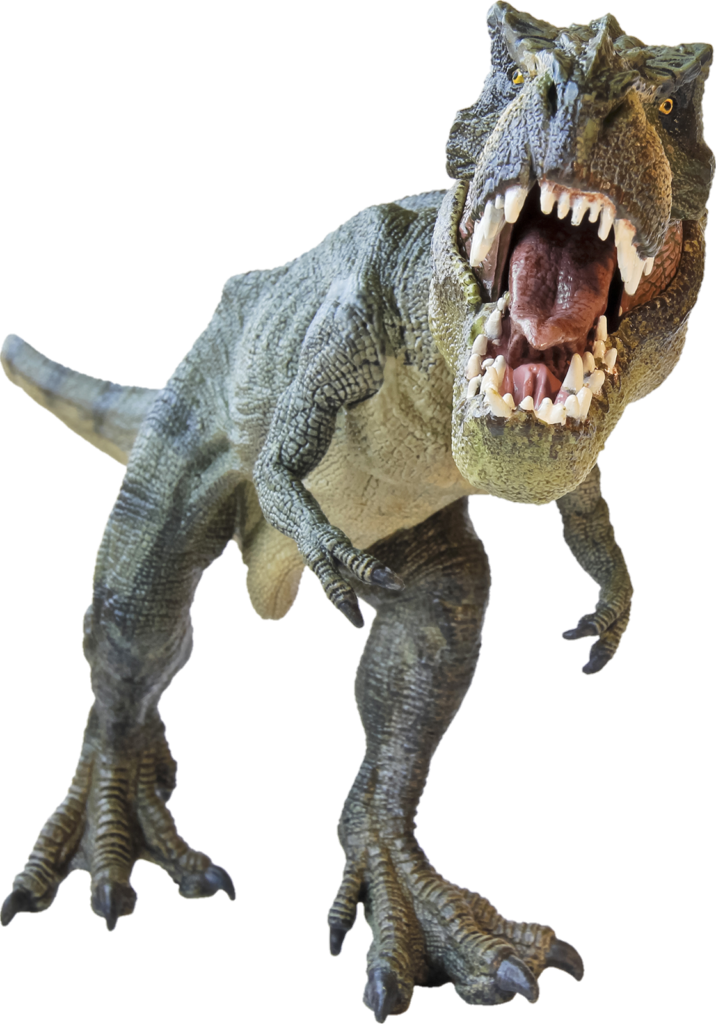
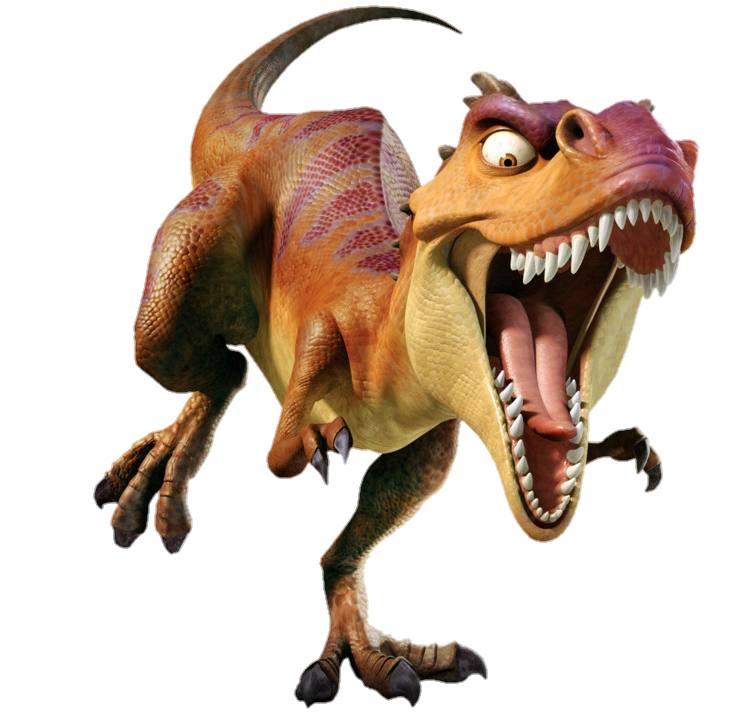
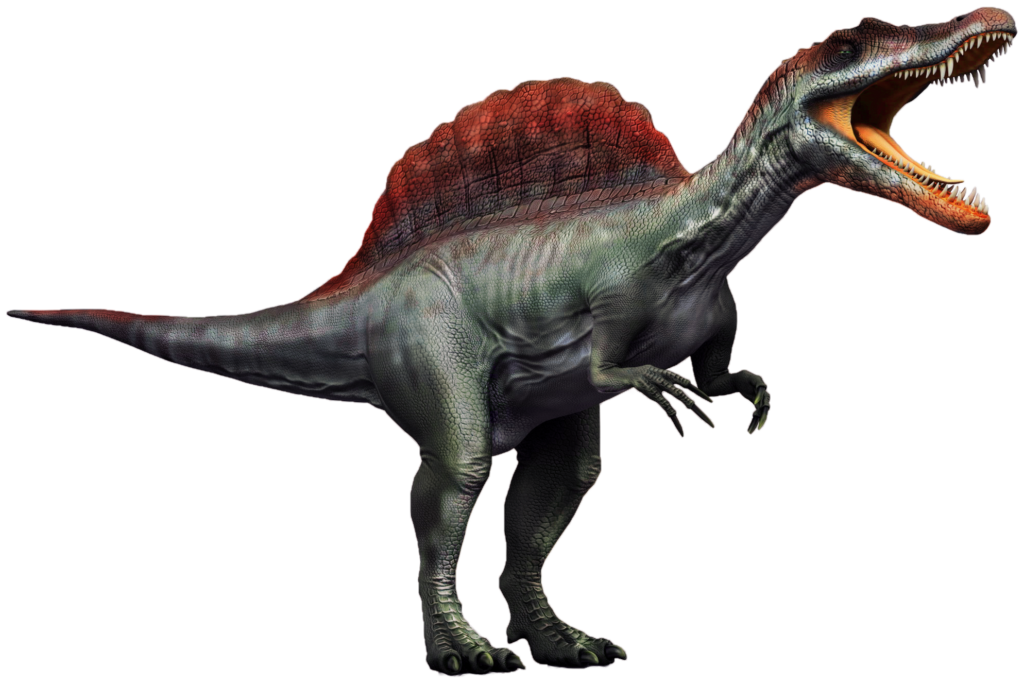
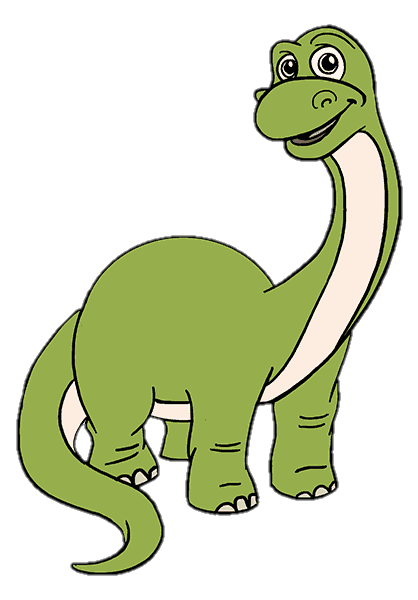
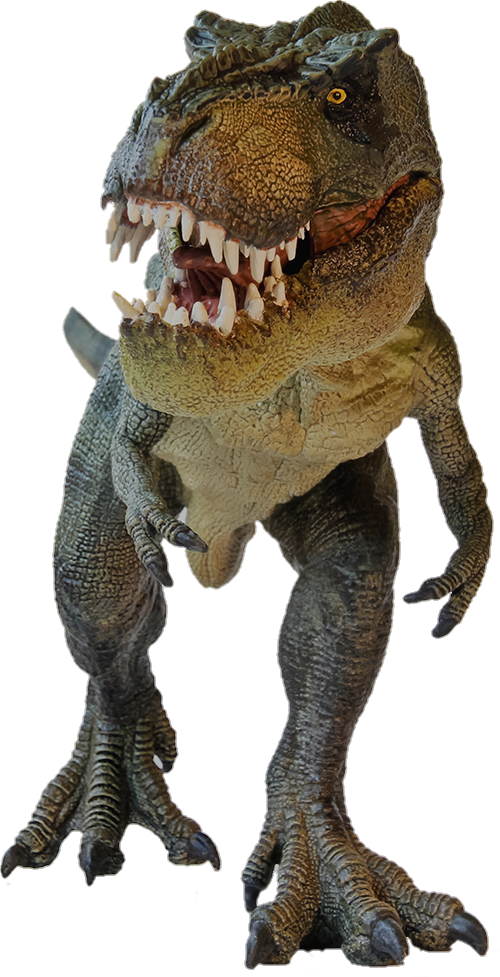
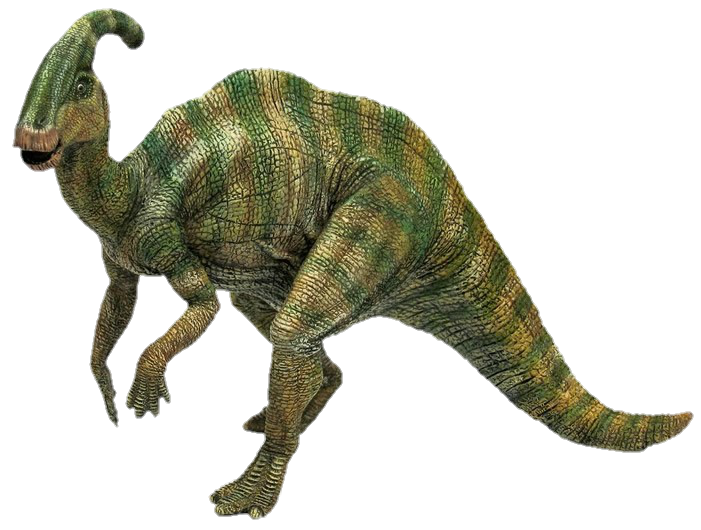
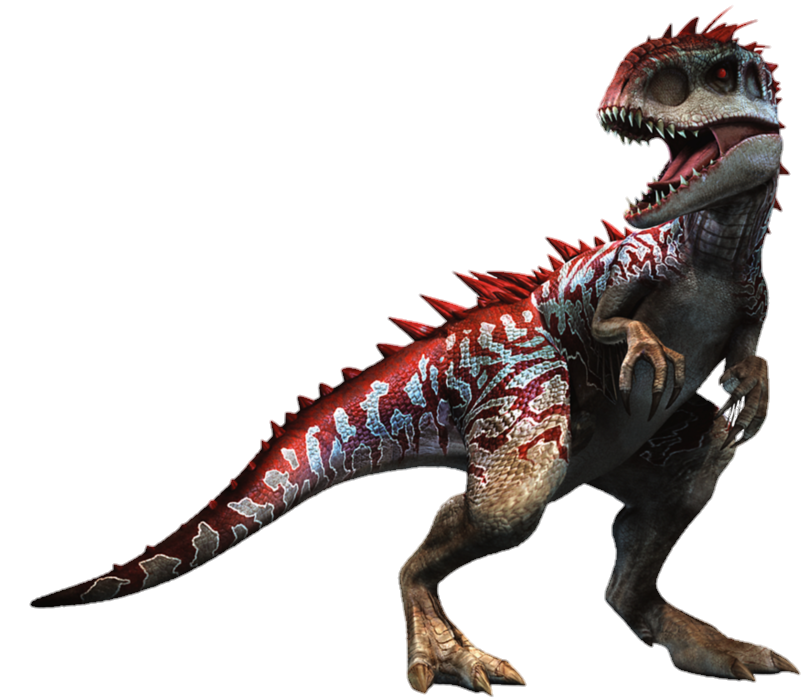
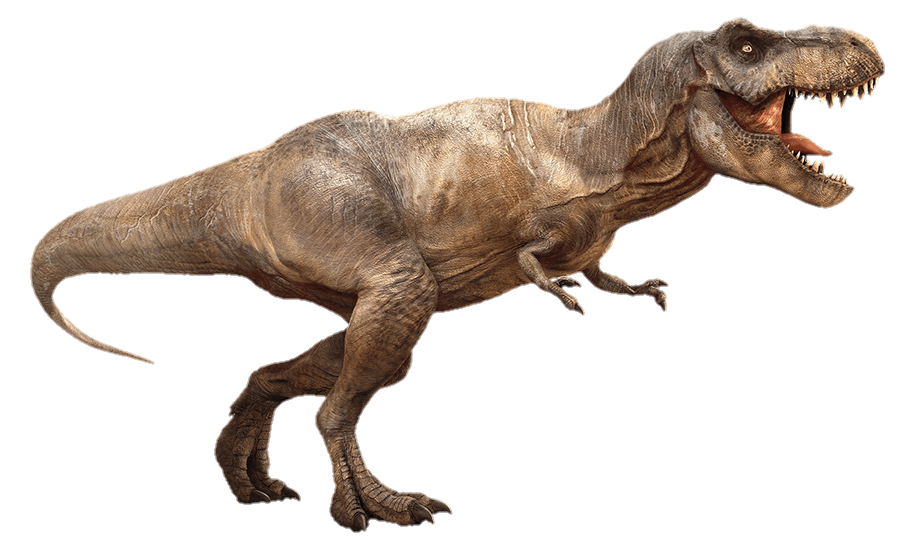
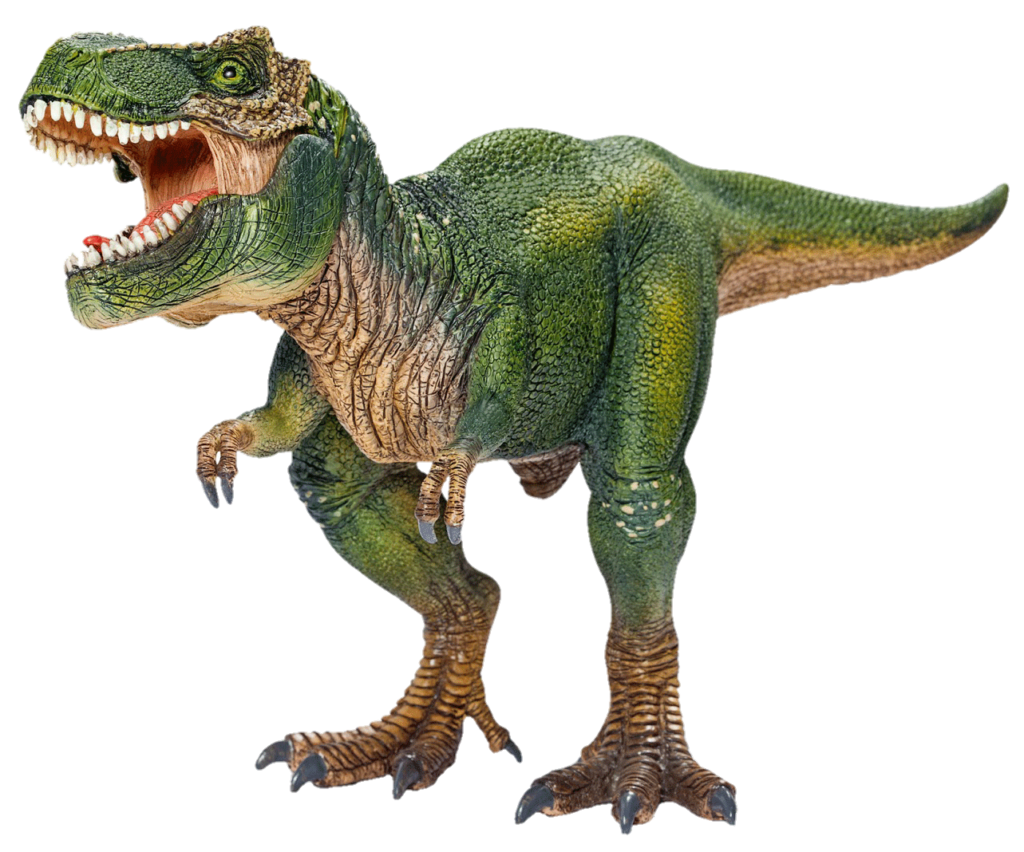
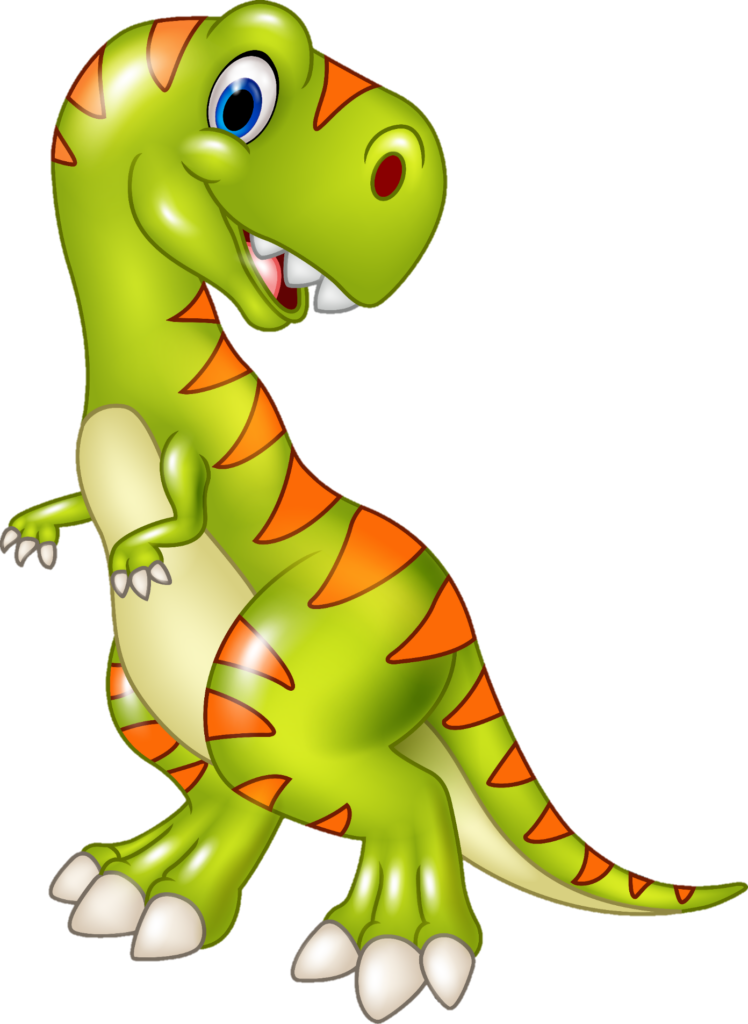
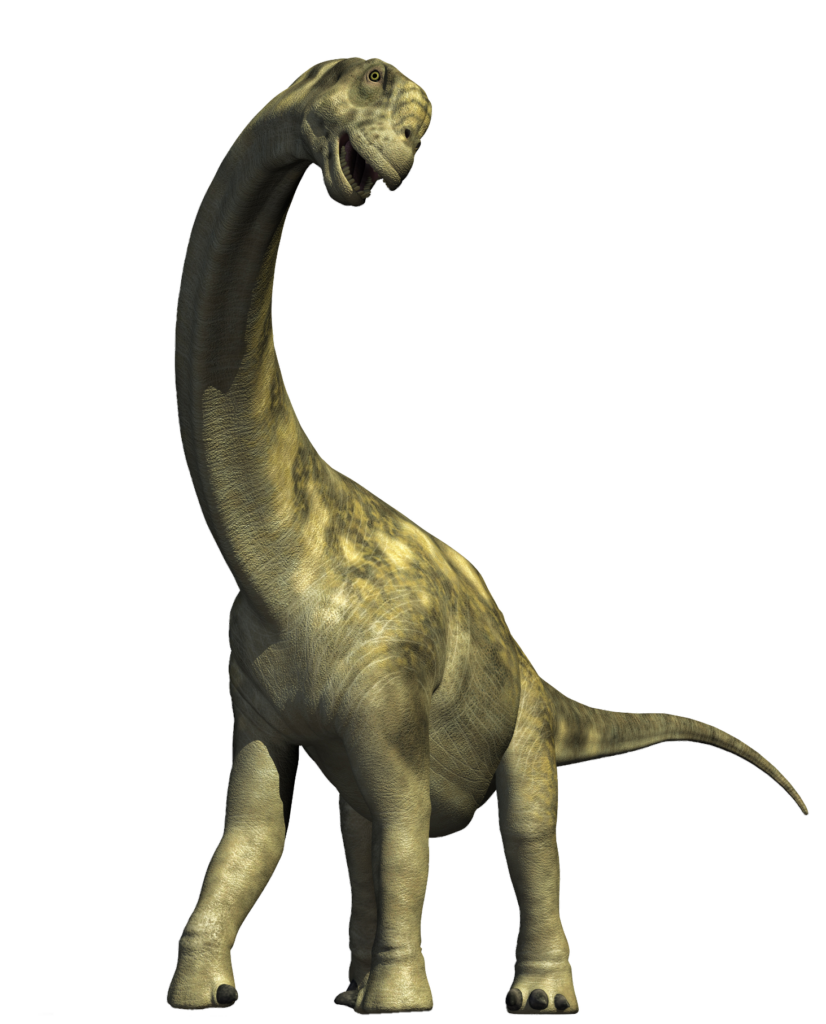
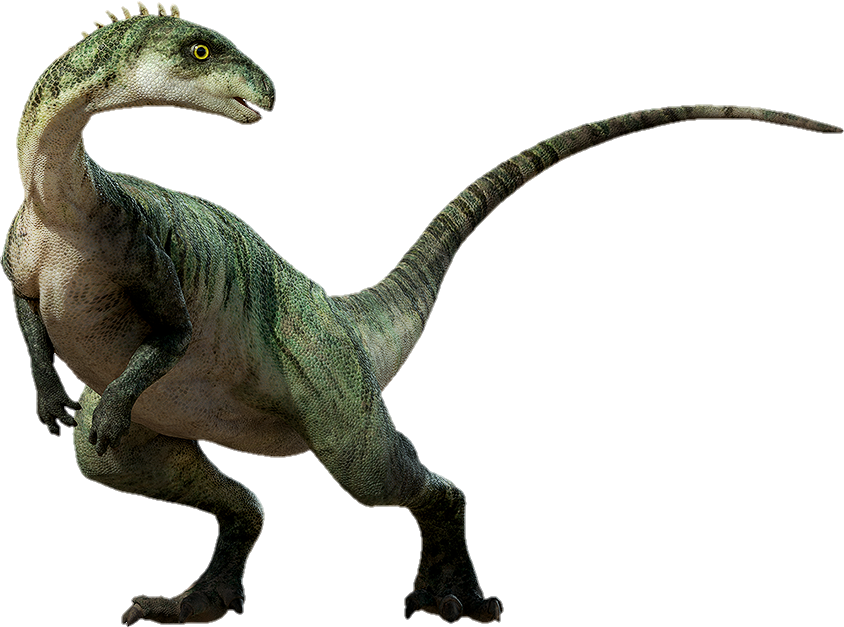
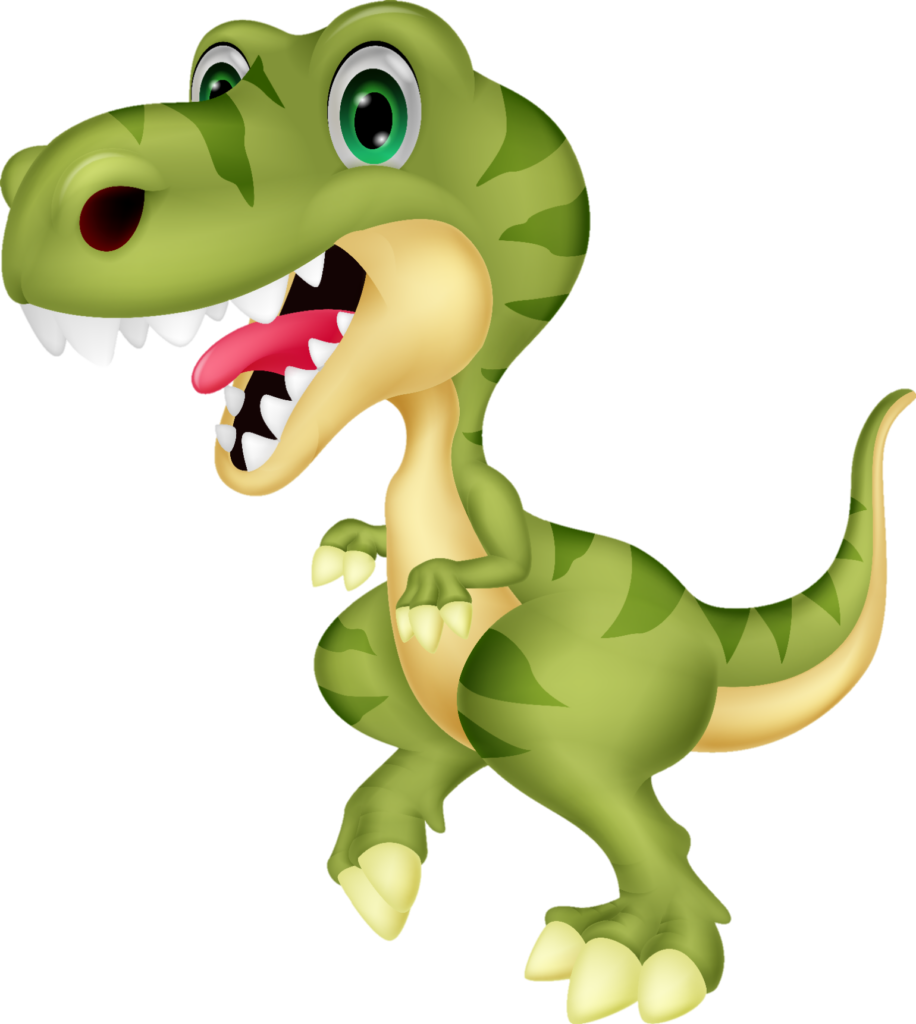
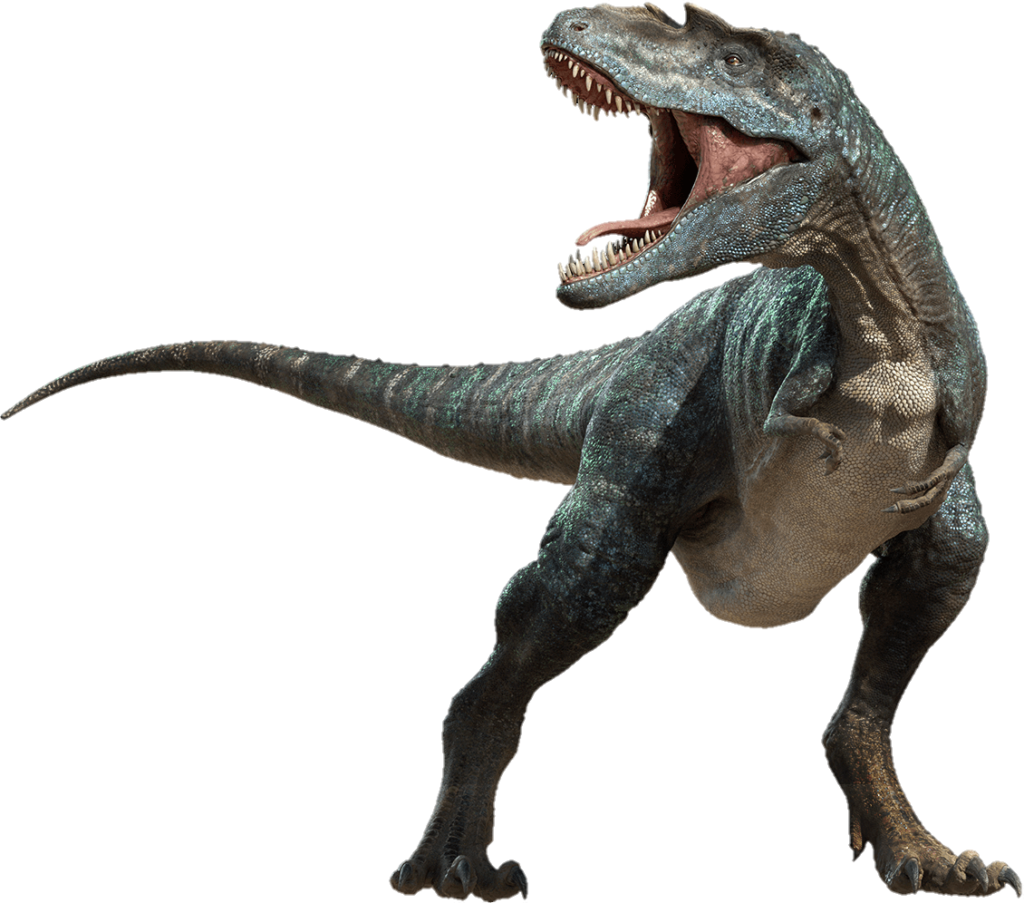


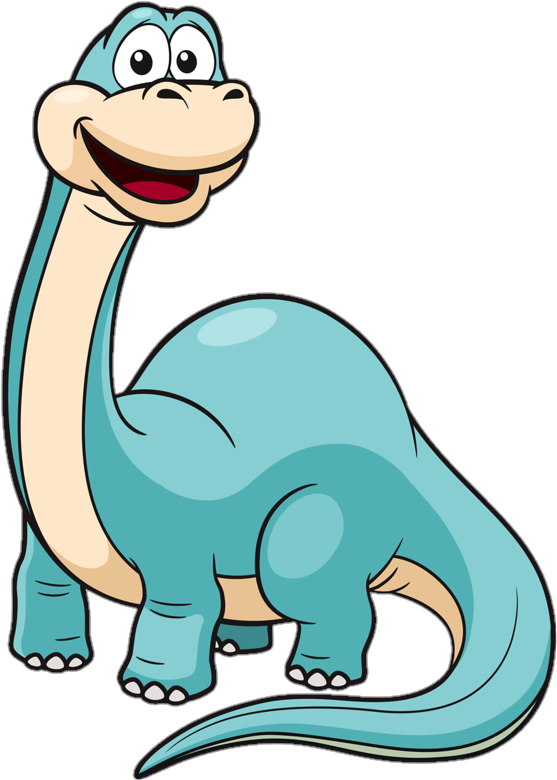


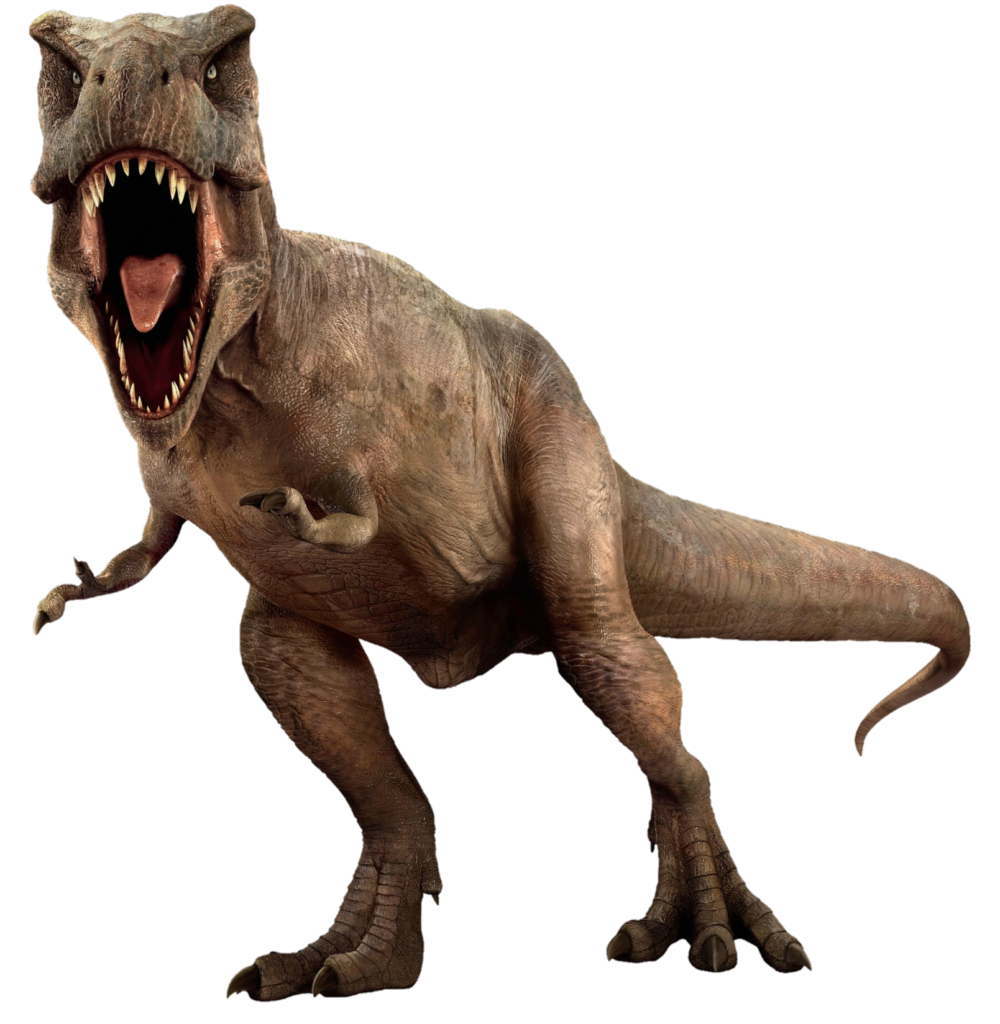
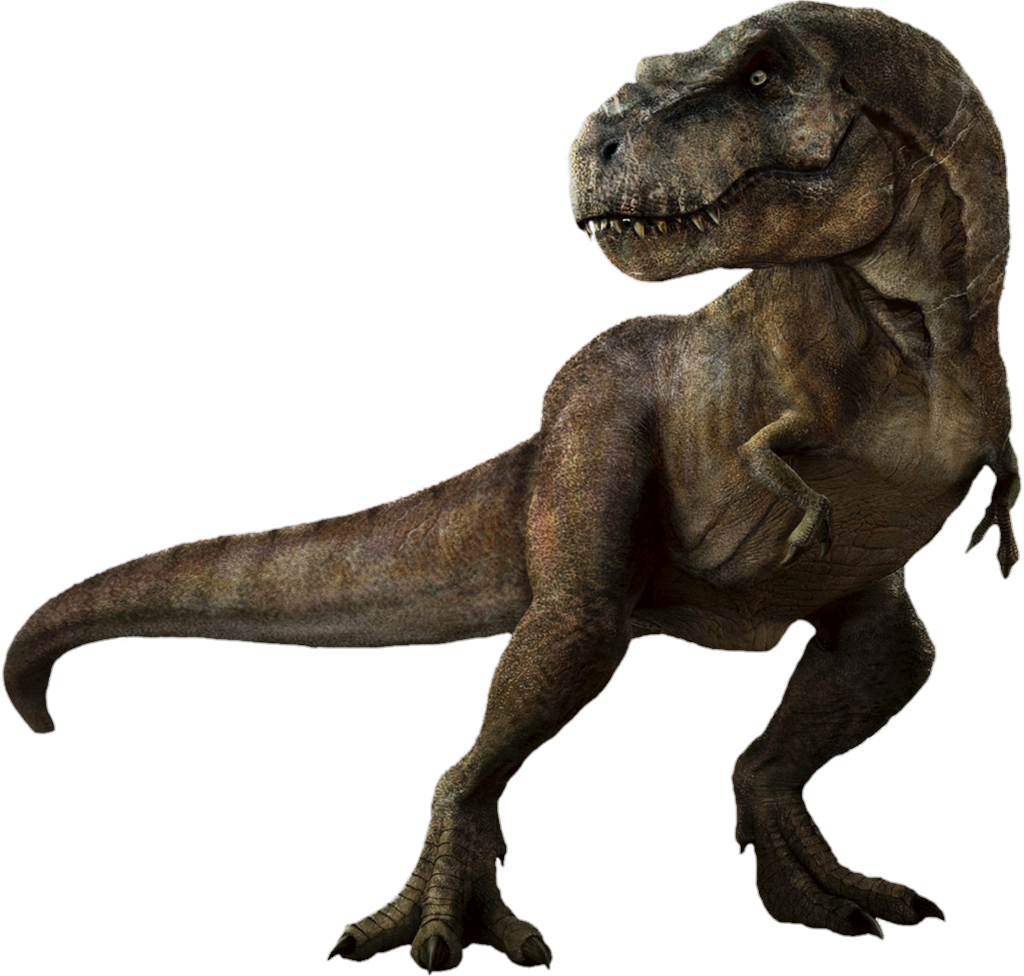
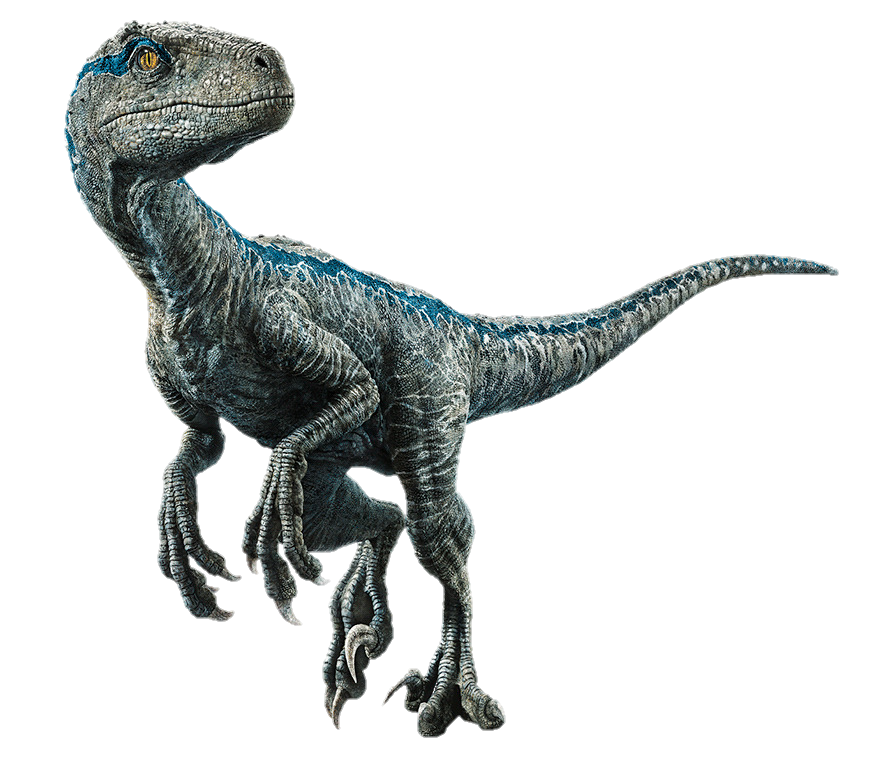
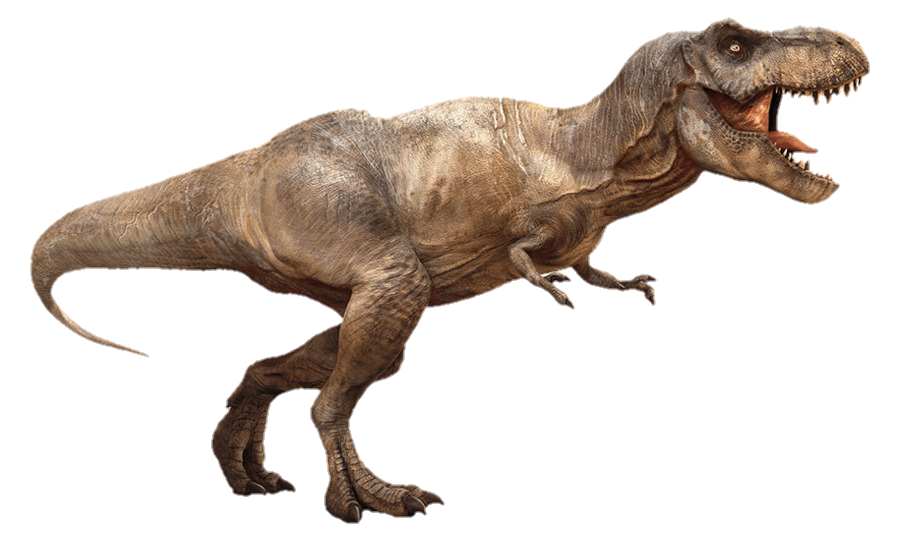
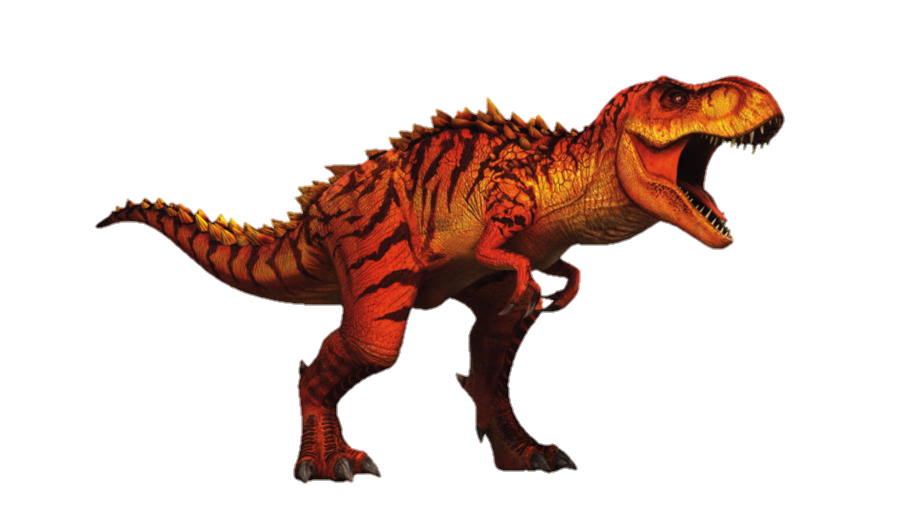

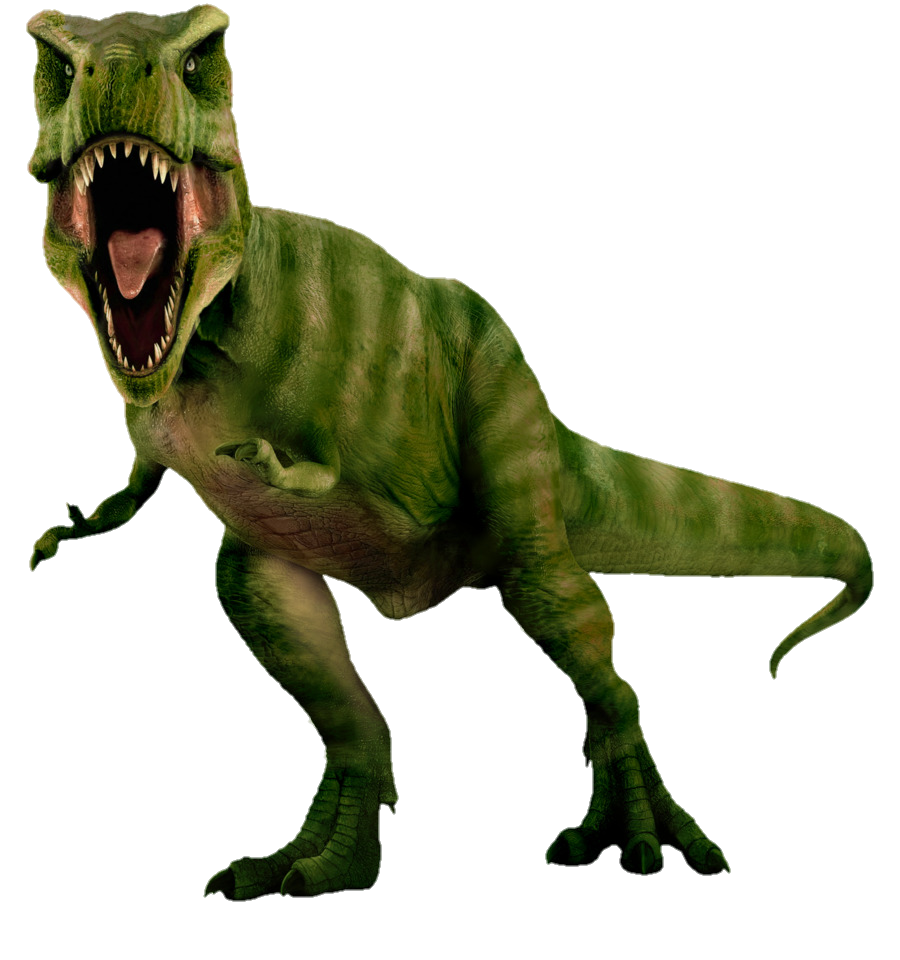
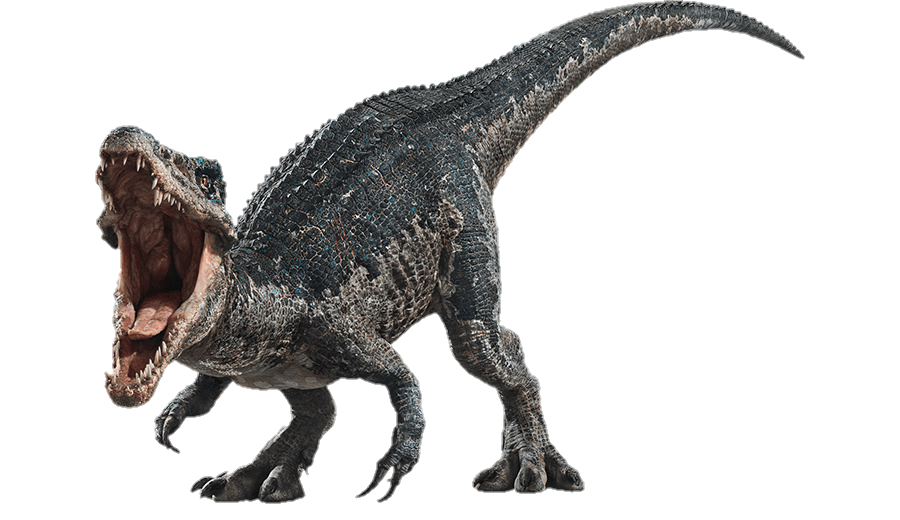
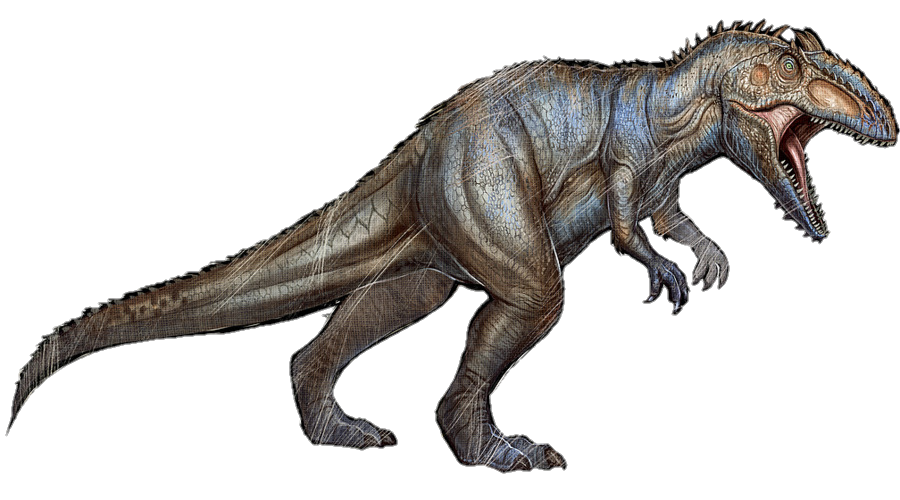

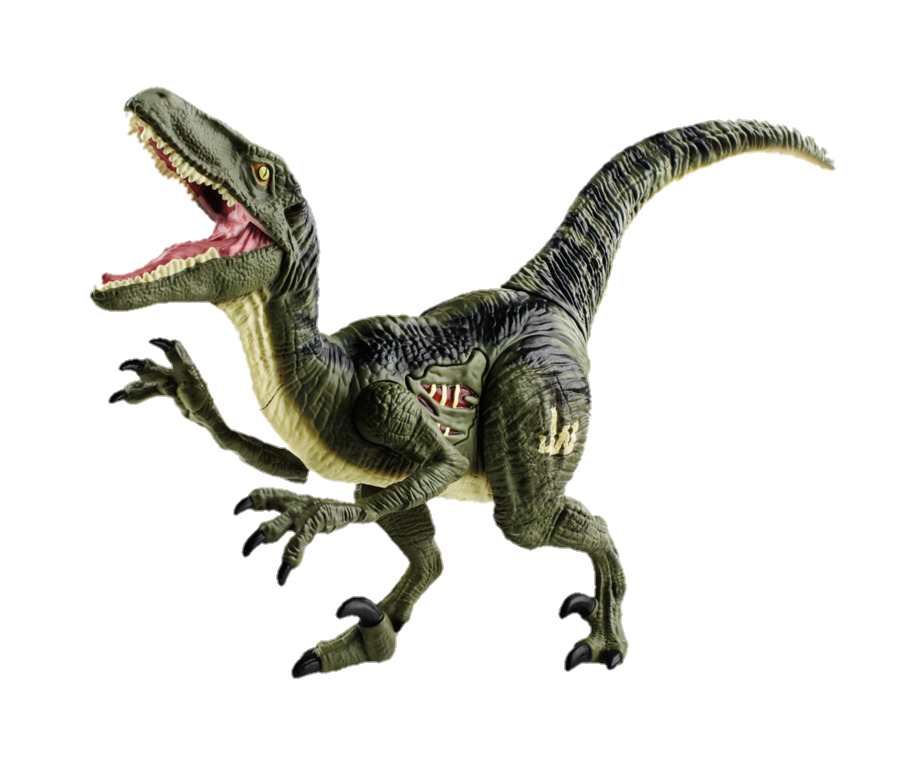
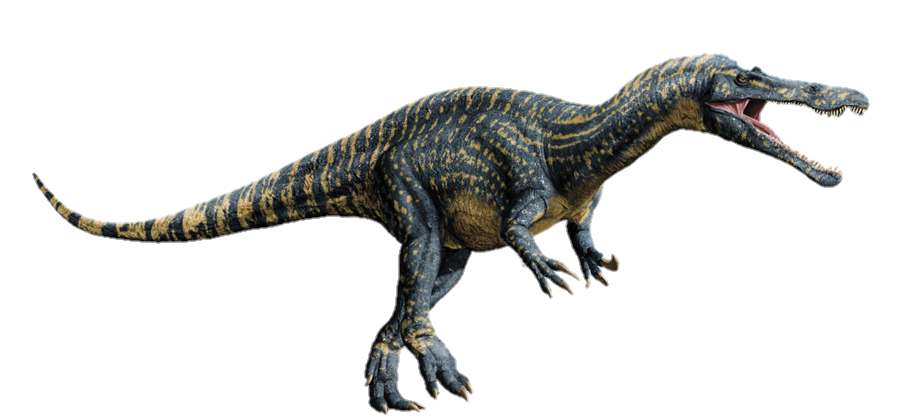
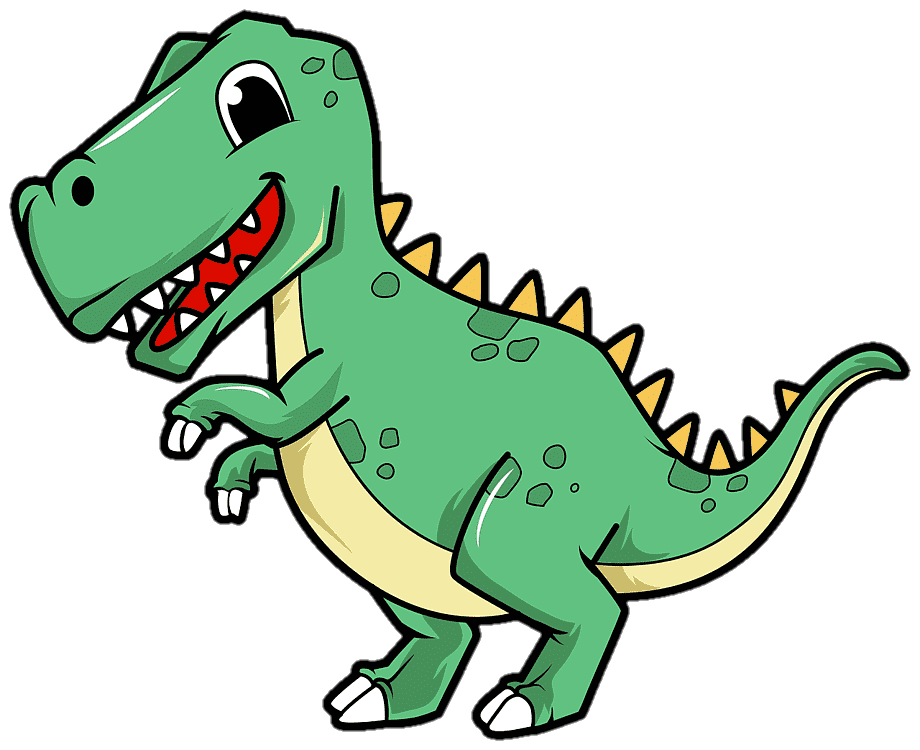
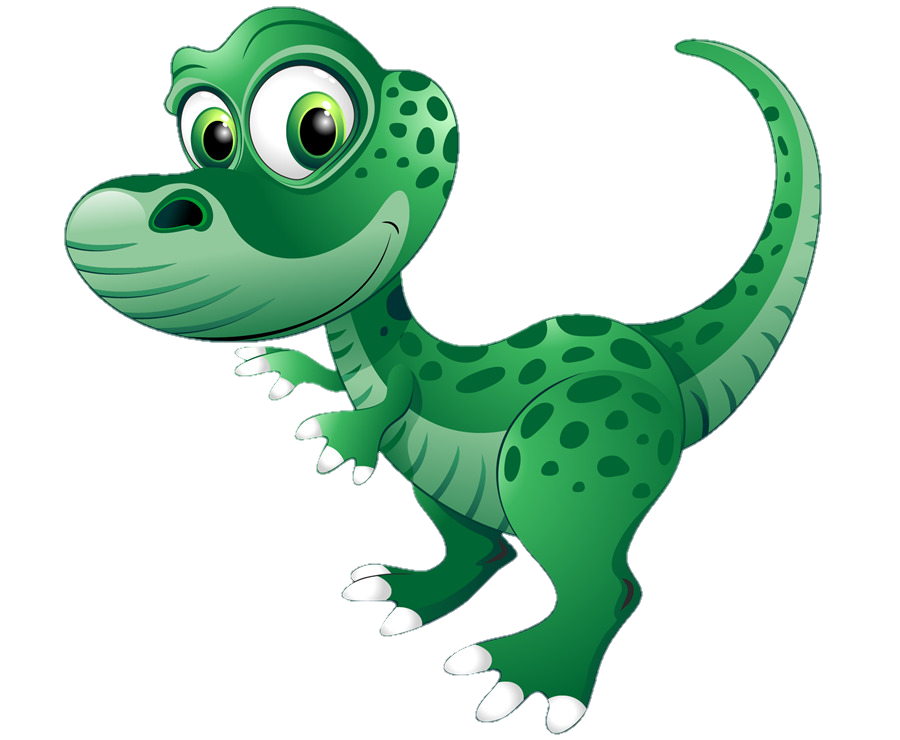

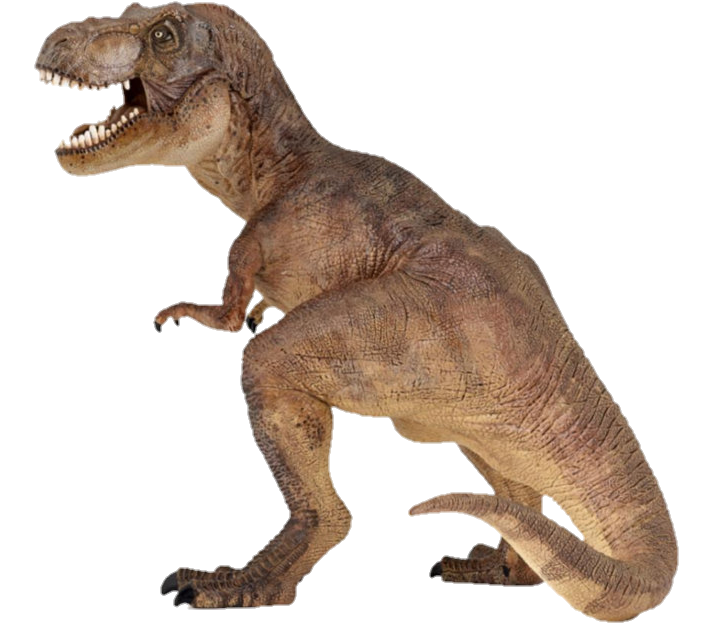
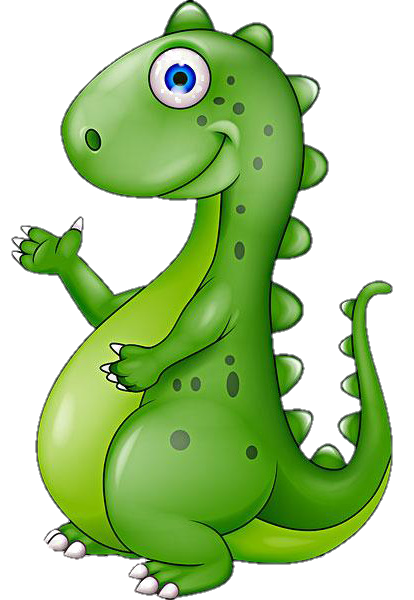
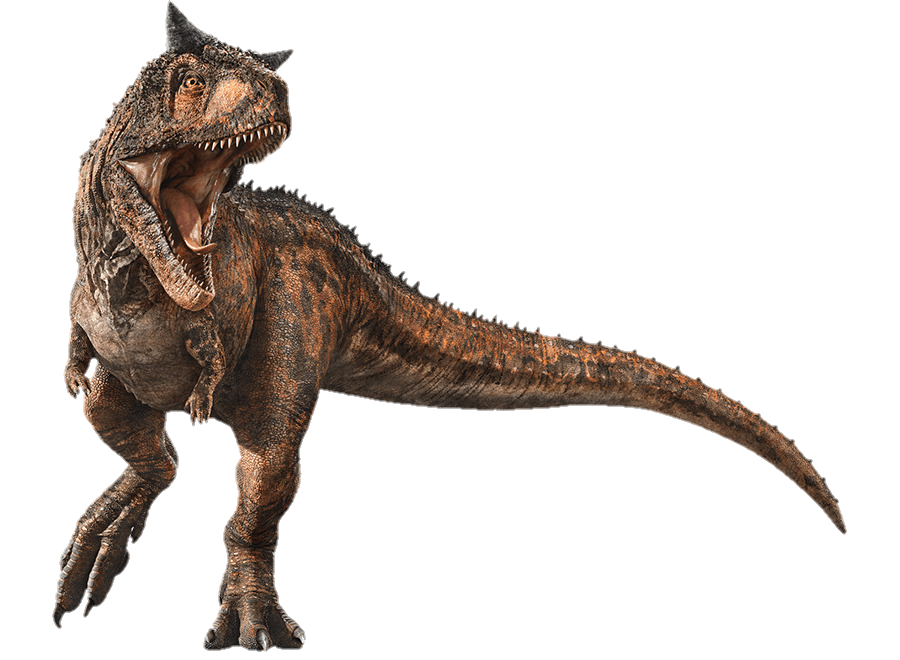
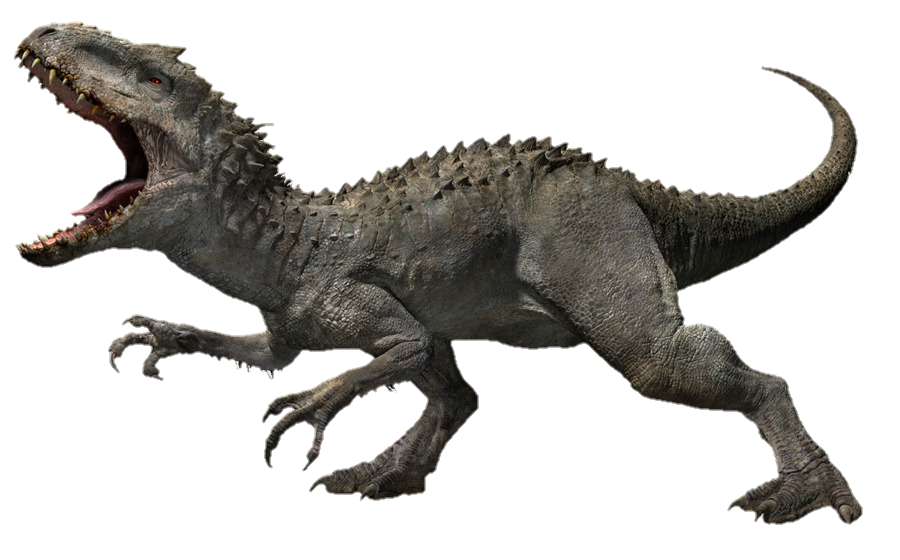
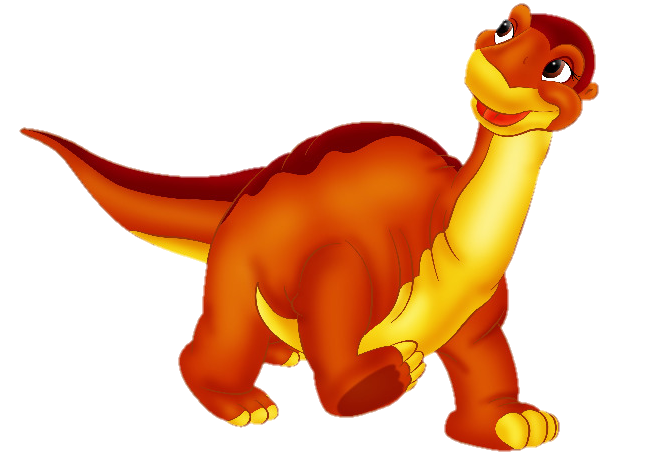
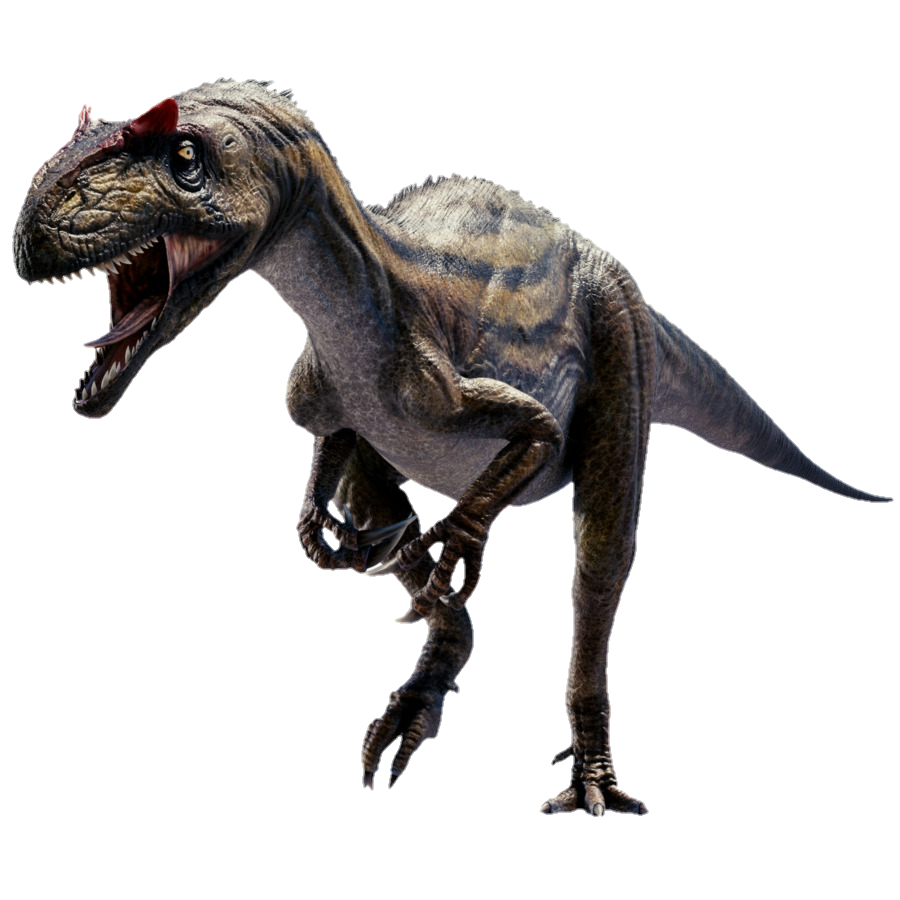
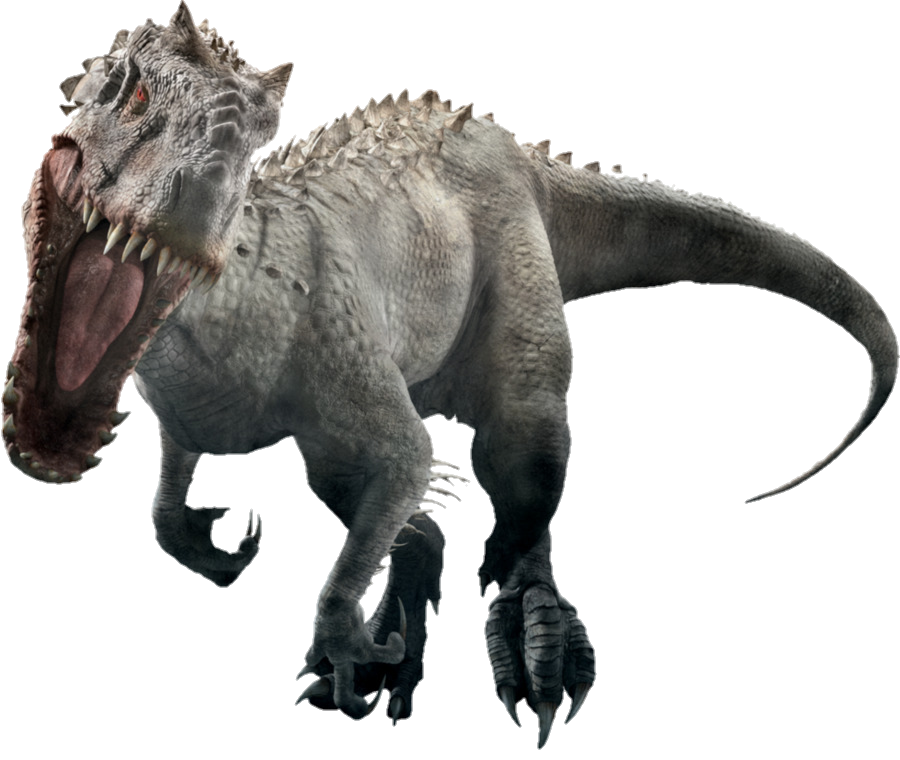
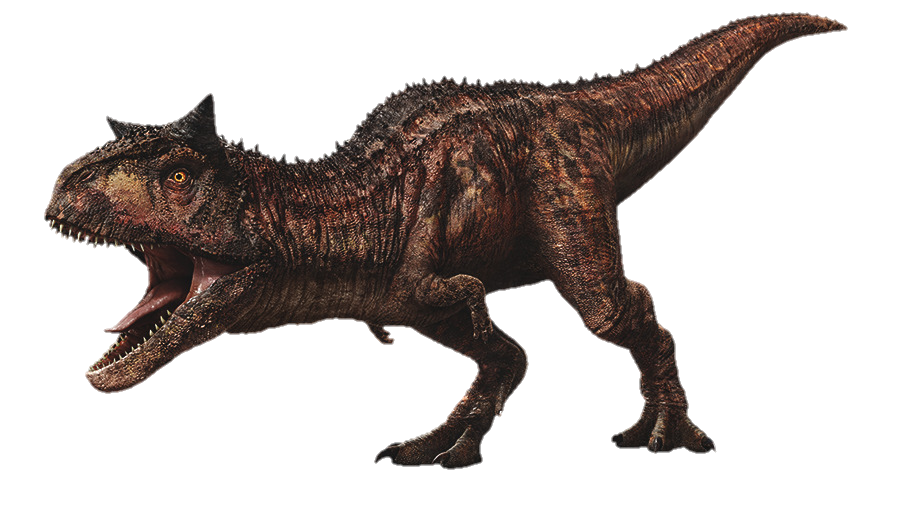
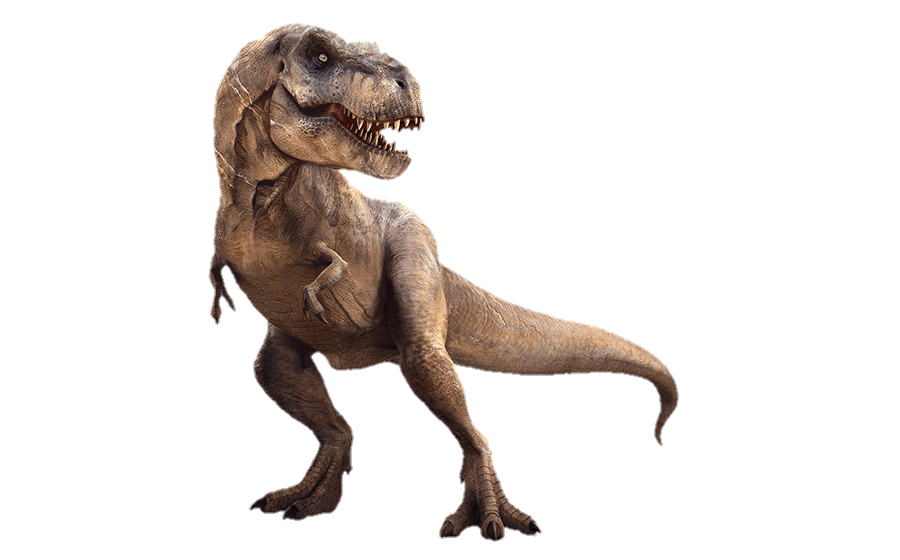

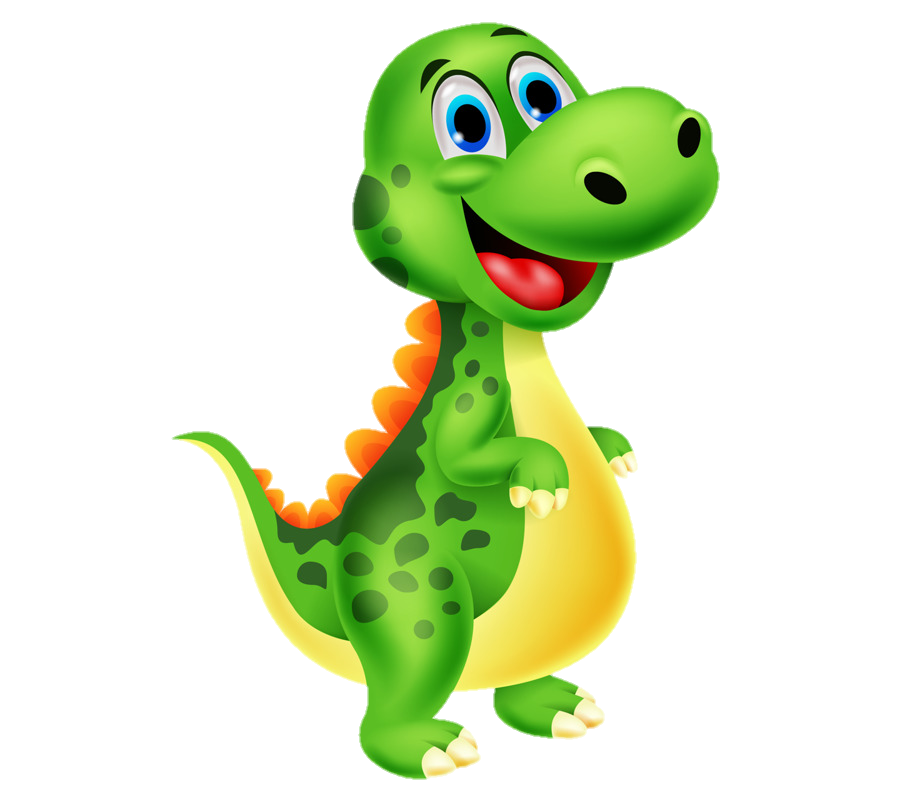
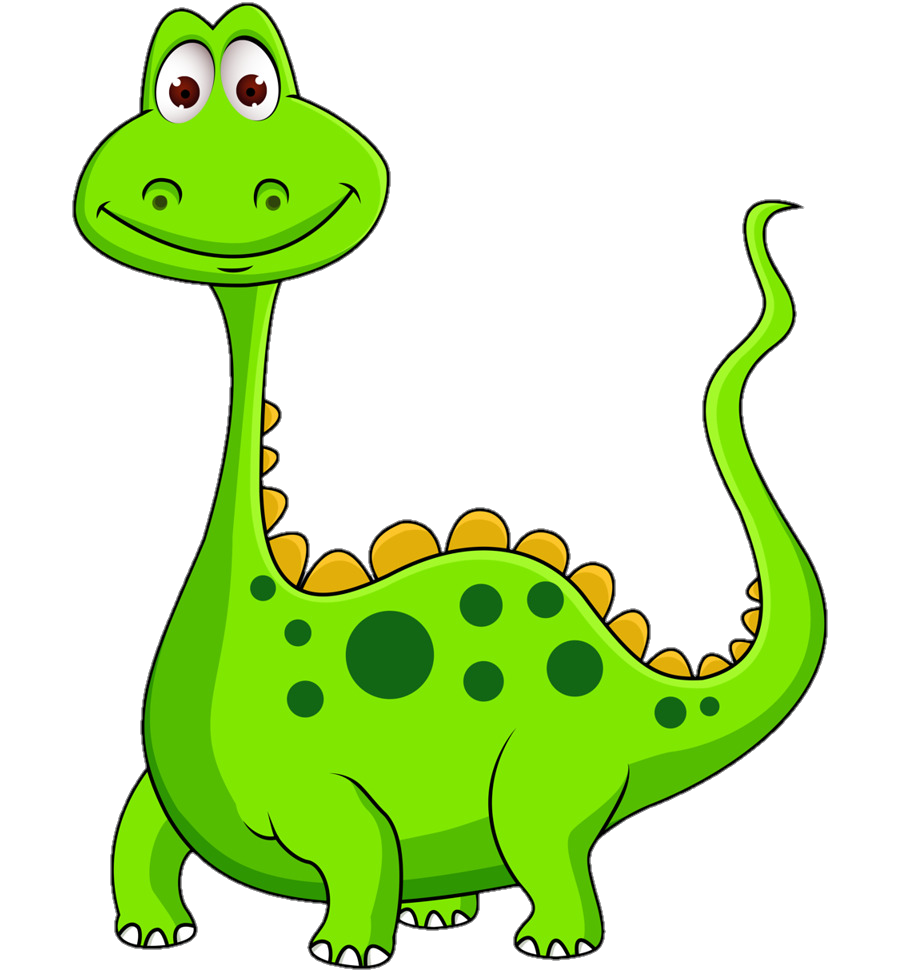
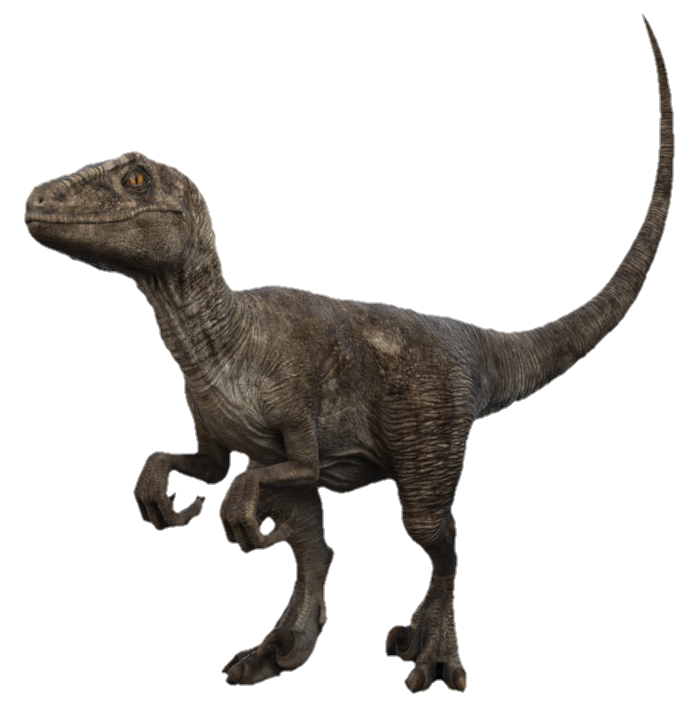
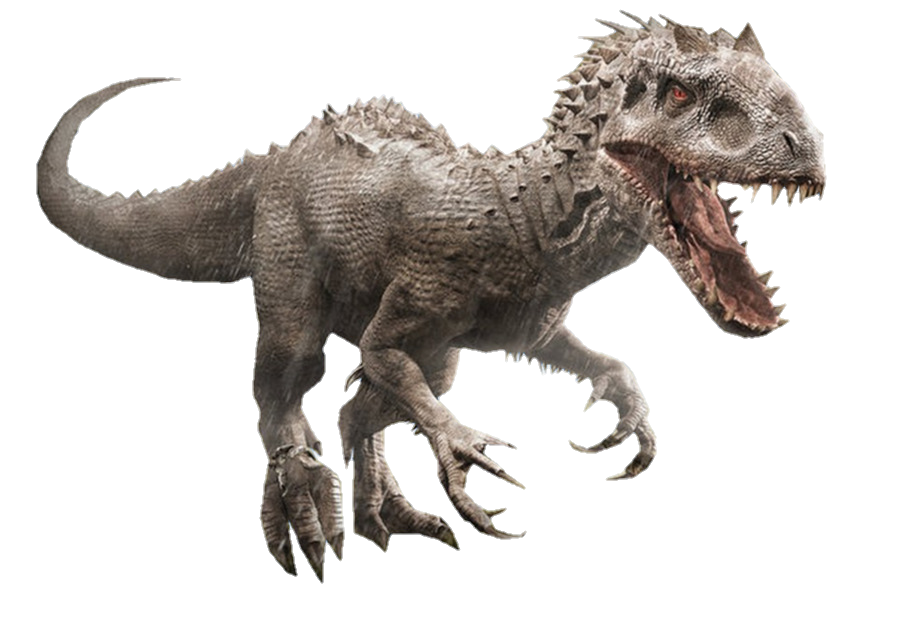
The Earth’s history is a tapestry woven with countless threads of remarkable creatures and events, and at the heart of this rich tapestry lies the enigmatic world of dinosaurs. Dinosaurs, the colossal and diverse group of reptiles that once roamed the planet, have captured the imagination of people young and old, inspiring awe and curiosity about our planet’s ancient past.
Dinosaurs emerged during the Mesozoic Era, roughly 230 million years ago. They quickly diversified into various shapes, sizes, and ecological niches. These prehistoric creatures can be broadly categorized into the Saurischians and the Ornithischians.
Saurischians, characterized by their lizard-like hips, included well-known predators like Tyrannosaurus rex and long-necked herbivores like Brachiosaurus and Diplodocus. On the other hand, the Ornithischians, with their bird-like hips, encompassed diverse species like Triceratops, Stegosaurus, and Hadrosaurs. Each group exhibited distinct features and lifestyles, ranging from fearsome carnivores to gentle giants grazing on prehistoric flora.
Dinosaurs inhabited a plethora of environments, adapting to various ecological niches. They roamed through lush forests, vast plains, and towering mountain ranges and ventured into aquatic realms. This adaptability allowed them to evolve into specialized forms, like the Pterosaurs that took to the skies and the marine reptiles like Ichthyosaurs and Plesiosaurs that conquered the oceans. This diversity and adaptation showcase these ancient creatures’ remarkable resilience and evolutionary capabilities.
The reign of dinosaurs came to an abrupt and cataclysmic end approximately 65 million years ago, during the Cretaceous-Paleogene (K-Pg) mass extinction event. The leading theory behind this event is the impact of a massive asteroid, which triggered a series of events, including wildfires, tsunamis, and a “nuclear winter” effect due to dust and debris blocking sunlight. This catastrophic event led to the extinction of nearly 75% of Earth’s species, including the non-avian dinosaurs. However, this mass extinction also paved the way for the rise of mammals and, eventually, the evolution of modern-day birds.
While the non-avian dinosaurs met their demise, their legacy lives profoundly. Modern birds are considered the direct descendants of certain small, feathered dinosaurs. The remarkable discovery of feathered dinosaur fossils in China has bridged the gap between these extinct giants and the vibrant avian life we see today. Additionally, dinosaurs have captivated popular culture and scientific research, leading to advancements in paleontology, biology, and even physics. They have spurred countless scientific inquiries and debates, enriching our understanding of evolution, extinction, and Earth’s history.
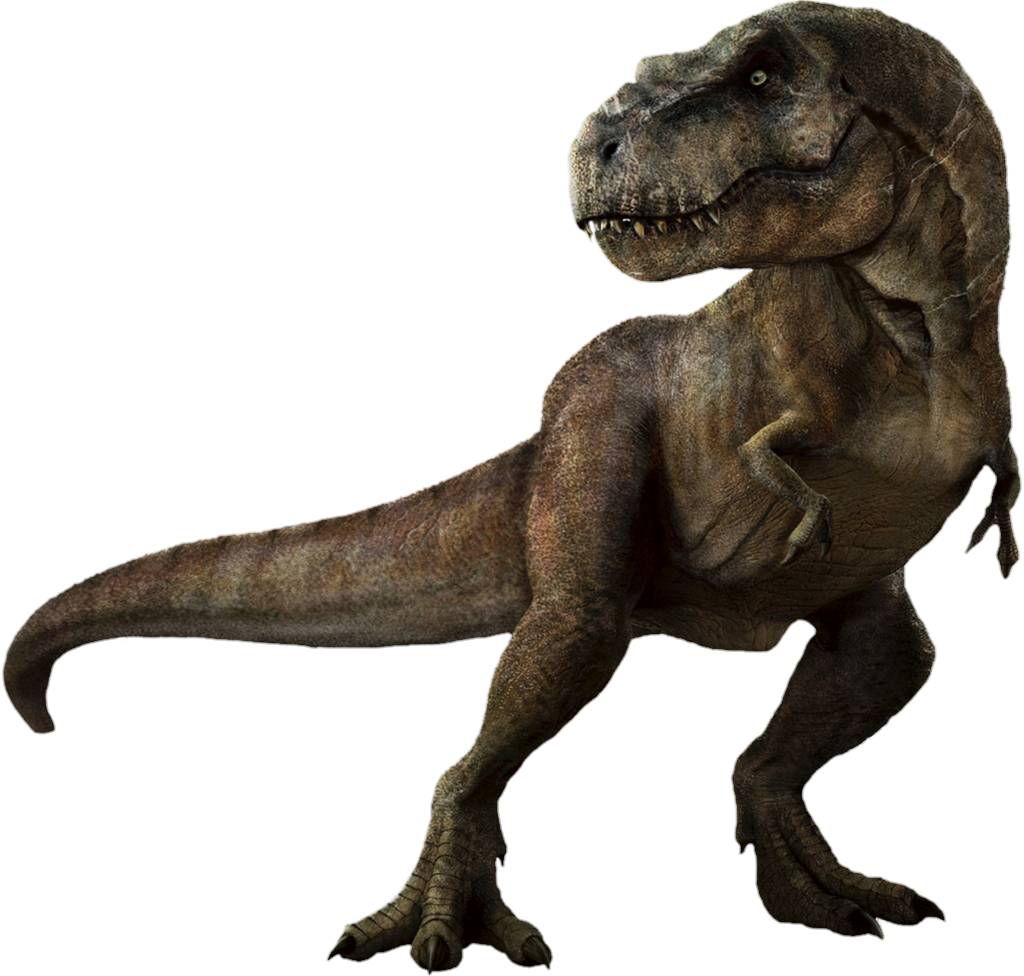






Leave a Comment